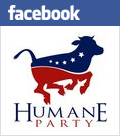"Liberating Living Beings"
Buddhist practice of rescuing animals, birds, fish and so forth that are destined for slaughter or that are permanently caged. They are released to a new physical and spiritual life. The practice exemplifies the fundamental Buddhist teaching of compassion for all living beings. A
disciple of the Buddha must maintain a mind of kindness and cultivate the practice of liberating beings. He should reflect thus: 'All male beings have been my father and all females have been my mother. There is not a single being who has not given birth to me during my previous lives, hence all beings of the Six Destinies are my parents. Therefore, when a person kills and eats any of these beings, he thereby slaughters my parents. Furthermore, he kills a body that was once my own, for all elemental earth and water previously served as part of my body and all elemental fire and wind have served as my basic substance. Therefore, I shall always cultivate the practice of liberating beings and in every life be reborn in the eternally-abiding Dharma and teach others to liberate beings as well.
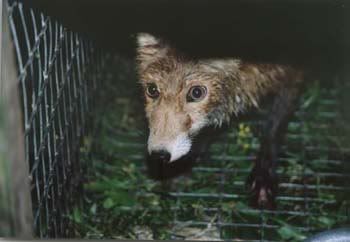
Whenever a Bodhisattva sees a person preparing to kill an animal, he should devise a skilful method to rescue and protect it, freeing it from its suffering and difficulties. (BNS I 162) In China this practice was made popular by the Venerable Jr-Yi (see entry) and has continued to the present day. Developing our Compassion by Liberating Living Beings "Once a month at the City of Ten Thousand Buddhas, we liberate animals destined for slaughter. We purchase them from the wholesalers, bring them to some appropriate place, and let them go free. We recite mantras, sutras, and praises on their behalf, so that they can hear them, and so that the merit of our recitation can be transferred to them. This traditional Buddhist practice, called
"liberating living beings', has always been praised and honored by the
sages and high masters.

"By liberating living beings, we also nurture compassion in our hearts. By not killing, we cultivate compassion. In letting living creatures go, we also cultivate compassion. The compassion in our hearts grows greater every day until it becomes as great as that of the greatly compassionate Bodhisattva Observer of the World's Sounds (Avalokiteshvara..).

"Bodhisattva Observer of the World's Sounds did not kill living beings; she always
liberated them, and so she has a greatly compassionate heart. We should imitate the great kindness and compassion of Bodhisattva Observer of the World's Sounds and liberate living beings. The principle is very logical: if you liberate life, you increase your compassion. Liberating
living beings is just liberating ourselves Why? Because we and all living beings are basically of one substance. We should think this way: 'If someone put me in a cage, wouldn't I be uncomfortable? Wouldn't I wish that someone would let me go? If I were put in jail, I would not
want to stay there. Likewise, I don't like to see birds put in cages. This is because living beings and I are of one substance. Since I feel this way, I want to liberate living beings.

"What is more, you don't know which living being was related to you in a past life. One might have been your father, or your brother, or your sister. You can't know for sure. Perhaps they were your children, or your friends. Right now you haven't gained the use of the Heavenly Eye or the Penetration of Past Lives, and so you don't know what kinds of causes and effects belong to each
animal; and yet, when you see these creatures, you feel uncomfortable and want to set them free. Setting them free isn't a stupid thing to do by any means, as some people might think. It is an aspect of cultivation. There isn't just one way to cultivate. There are eighty-four thousand Dharma-doors in cultivation, and every single door leads to the realization of supreme enlightenment. Liberating living beings is one of them. We must be careful not to think of it as 'stupid'. If we have that kind of attitude, we will obstruct our own cultivation.

"I just said that we wouldn't want to be locked in jail. I will tell you the truth. This is not an analogy. Your own body is, in fact, a cage! You are stuck in your own body and you are not yet able to get out of it. Until we have gained a very high level of spiritual practice and wisdom, we will remain stuck in the cages that are our bodies. Only then will we have liberated our own lives. That's the real liberation of the living. If we want to liberate our own lives, we must first liberate the lives of those little creatures. The one kind of liberating the living helps the other kind.

"Liberating living beings is a very important aspect of Buddhist practice. But if one hasn't understood this yet, one might think it a very ordinary affair. If we don't cultivate the one kind of liberating the living, we won't be able to obtain the other kind. There are many changes and transformations.., and so don't look upon this lightly. Liberating the living brings returns on one's own efforts." (Venerable Master Hsuan Hua, PDS, May, 1985) "Why do we liberate [living creatures]? It is because if we ransom creatures that were destined to be slaughtered for food and then set them free, then they can live out their natural lifespans. This in turn enables the people who liberate the living to enjoy a long life.
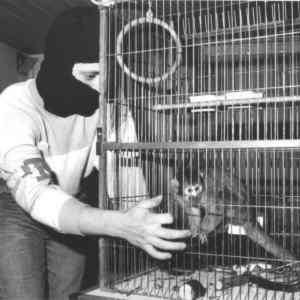
"Why are there wars in the world? It is because our collective killing karma is so heavy. If in this life I kill you, in the next life, you'll kill me, and in the life after that I'll come back to kill you. This cycle of killing continues forever. People kill animals and in their next life they become animals. The animals which they once killed now return as people to claim revenge.This goes on and on. There is endless killing and bloodshed. Whenincidents of slaughter multiply until the resentment can no longer becontained, they explode into massive world wars, with the resultant huge massacres and horrendous destruction. On the battlefield, people are propelled by resentment and enmity that has accumulated during many lifetimes, and they go absolutely berserk, lashing out at one another like savages. 'You kill one person? I'll kill ten!' They take revenge
on one another like that. Wars are the painful results of killing karma created in our past lives.
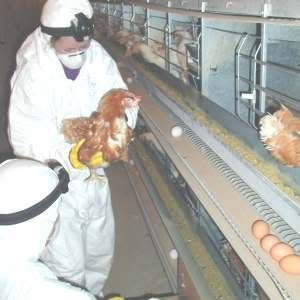
"Therefore, we liberate the living to diminish our killing karma. The more people engage in liberating the living, the less killing they will do. Wars will proportionately.. decrease. We who cultivate these compassionate practices do not oppose war: we just don't go to war. We don't kill but instead we set living creatures free. This is the true and ultimate way to eliminate war. It
is also a gateway to long life and health and to the eradication of disasters and illnesses. The merit and virtue that one accumulates from liberating animals is boundless. It enables you to cause living beings to live out the full extent of their natural lifespans. In addition, you benefit personally because illnesses are averted. As a result you enjoy good health and are able to peacefully cultivate the Way.

"The
purpose of liberating the living is to protect the lives of creatures.
It is a Dharma-door that exemplifies the Buddha's compassion. Everyone
should protect living creatures and not abuse or slaughter them."
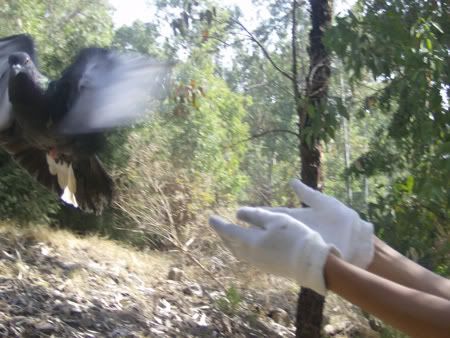
"In liberating the living
You yourself will live long.
health, riches and blessings
Will descend upon you,
never-ending."
ஐ

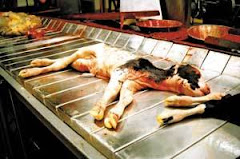






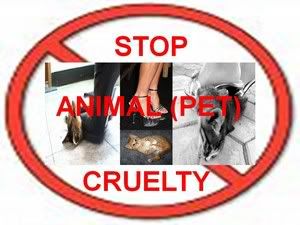




 Return to Diabetes main page
Return to Diabetes main page 











